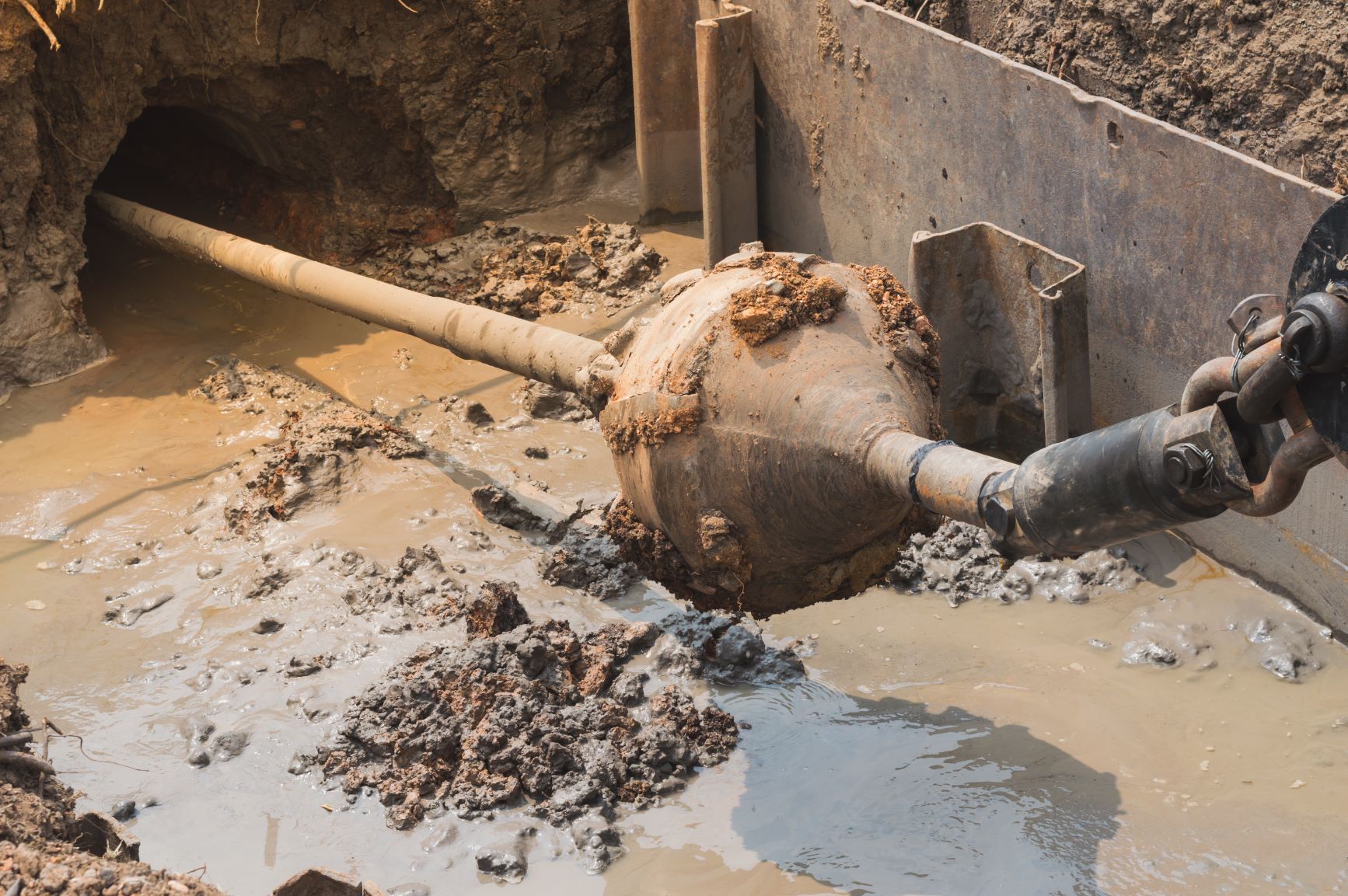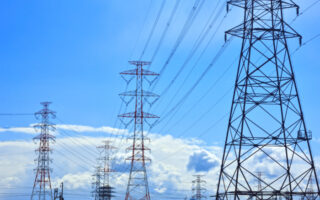What is Horizontal Directional Drilling (HDD)?
Horizontal directional drilling (HDD) is a pipeline installation method that can be traced back to the early 1900s and has become increasingly popular as drilling technology has improved over the last 30 to 40 years. The HDD pipeline installation method has many benefits for those constructing the pipeline, those who live near the pipeline’s path, and product consumers. The primary benefit of HDD is that it is a trenchless method of pipeline installation that minimizes disturbance to the existing ground surface between the pipeline entry and exit locations. This benefits those constructing the pipeline by saving construction costs during installation as well as restoration costs of site features potentially disturbed by other installation methods, such as open-trench excavations. HDD methods can also be utilized when traditional open-trench excavations are not feasible, including crossing beneath major water bodies, environmentally sensitive areas, railroads and roadways, residential areas, levees, and other environments that require minimal ground disturbance.
How is an HDD Performed?
HDD construction is generally comprised of three installation steps, which vary in difficulty based on the specific project site. First, a pilot bore is drilled, which includes drilling a small-diameter hole along the proposed drill path by using a specially designed drill bit. Drilling fluid is utilized to expel soil cuttings produced from drilling, stabilize the hole, and begin to prepare a path for the product pipe being installed. Next, at the HDD exit point, a reaming tool is attached to the drilling stem to increase the size of the borehole to a larger diameter than the pipe that will be installed. A swab pass reamer is then pulled through the borehole to confirm that the hole is cleared appropriately for the product pipe to pass through unobstructed. Finally, the product pipe is pulled through the reamed hole by the drilling rig, starting at the exit location and pulled through to the entry location to complete the installation.
Hydrofracture Concerns
Although HDD installation techniques may have many benefits, especially for certain applications, there are also some associated concerns or issues that may arise when installing pipelines using HDD methods. One primary concern is the potential for hydrofracture, also known as “frac-out”. Hydrofracture is an inadvertent return of the drilling fluids to the ground surface along the HDD path. This is a concern because, although these drilling fluids are non-toxic, they may be harmful to some plant and animal species due to their chemical compositions. Hydrofactures are a particular concern within environmentally sensitive areas, and they are not aesthetically pleasing when emerging in residential or urban areas. In addition, regulatory agencies are commonly involved in HDD installation activities, and a proper risk management plan to avoid potential hydrofracture is often essential to confirm protection of our people and resources.
While some inadvertent returns of drilling fluids are due to fissures or seams in the soil stratum, flow paths also develop along existing foundations/piers, or other paths of escape for drilling fluid from the borehole. Major cases of hydrofracture occur when the drilling fluid pressure being exerted on the annulus of the newly-excavated borehole (also known as the annular pressure) is greater than the pressure with which the soils can resist in shear.
Using Geotech to Aide in the Design of an HDD
Braun Intertec provides the equipment and expertise to assist in managing risks associated with HDD installation to minimize hydrofracture occurrence along the drill path. After initial HDD drawings are developed, we can perform a preliminary geotechnical study. Our geotechnical study associated with the proposed HDD alignment will include the following:
- A subsurface exploration program, including vertical borings completed to accurately characterize the soil characteristics and groundwater levels encountered along the proposed pipeline alignment;
- a laboratory testing program to determine classification, strength, and unit weight characteristics of the soils explored in our subsurface exploration program; and
- engineering analyses associated with determining hydrofracture potential based on the anticipated alignment.
Based on the subsurface conditions encountered within the borings, a subsurface soil and groundwater level profile is developed in relation to the anticipated pipeline alignment to provide a visual graphic that assists in notifying pipeline design personnel what soils will likely be encountered along the drill path during HDD operations. Additionally, limiting pressure calculations are performed to represent soils around the annulus of the proposed pilot hole at various locations along the HDD profile. These limiting pressure calculations are based on the Delft equation (Delft Geotechnics, 1997), which is derived from the Cavity Expansion Theory, which is widely accepted by many agencies including the U.S. Army Corps of Engineers. This equation is a function of, among other parameters, the effective stresses applied to the soil, effective cohesion and friction angle of the soils, soil shear modulus, and borehole geometry. Annular pressure calculations are also performed by a pipeline engineer at various locations along the HDD profile as a part of most preliminary HDD studies. These annular pressure calculations are a function of, among other parameters, the borehole geometry, distance from the drilling fluid pump, and pump characteristics.
Developing these values allows us to predict an anticipated factor of safety against hydrofracture across the entire HDD profile. The anticipated pipeline alignment, soil and groundwater graphics, and graphically represented limiting and annular pressure plots are provided in a single profile drawing to assist pipeline designers with determination of the final HDD alignment. General construction considerations to increase safety factors against hydrofracture are also included in our geotechnical report based on the soils encountered and our experience with previous projects where similar soils were encountered. For more information about our drilling services or assistance with your project, please fill out the form on the right side of this page.



